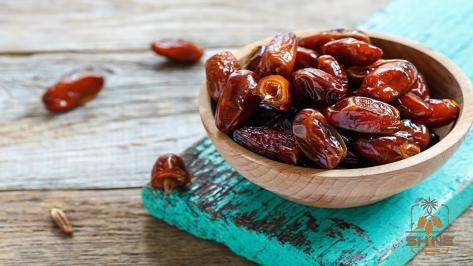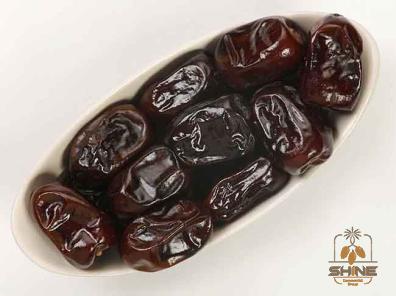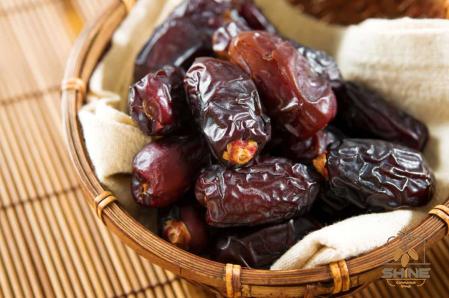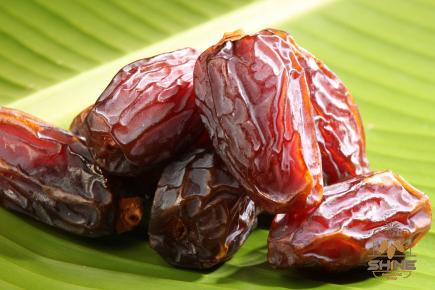In the heart of the arid desert plains of Morocco lies a rare treasure that has captivated taste buds and nourished souls for centuries – the luscious and decadent medjool dates. Known for their plump size, caramel-like sweetness, and luxurious texture, medjool dates have become a staple in Middle Eastern and North African cuisine, as well as a coveted treat worldwide. But where do these delectable fruits come from, and what is the story behind their origin? Join us on a journey through time and geography as we unravel the mysteries of medjool dates.
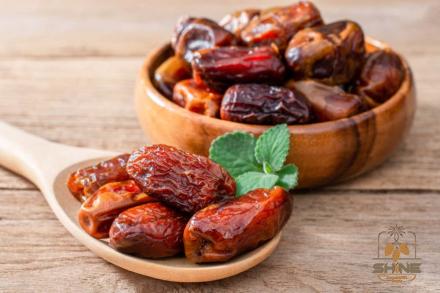
.
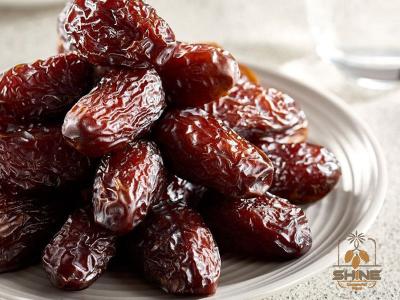 **A Brief History of Medjool Dates** Medjool dates, scientifically known as Phoenix dactylifera, belong to the palm family Arecaceae. This ancient fruit has a rich history that dates back thousands of years, with origins rooted in the Middle East and North Africa. The exact origin of medjool dates is somewhat shrouded in mystery, but they are believed to have originated in the region of present-day Morocco and were spread to other parts of the world through trade and migration. **The Birthplace of Medjool Dates: Morocco** Morocco is often credited as the birthplace of medjool dates, where these luscious fruits have been cultivated for centuries. The unique climate and soil conditions of the Moroccan desert provide the perfect environment for date palms to thrive and produce high-quality medjool dates.
**A Brief History of Medjool Dates** Medjool dates, scientifically known as Phoenix dactylifera, belong to the palm family Arecaceae. This ancient fruit has a rich history that dates back thousands of years, with origins rooted in the Middle East and North Africa. The exact origin of medjool dates is somewhat shrouded in mystery, but they are believed to have originated in the region of present-day Morocco and were spread to other parts of the world through trade and migration. **The Birthplace of Medjool Dates: Morocco** Morocco is often credited as the birthplace of medjool dates, where these luscious fruits have been cultivated for centuries. The unique climate and soil conditions of the Moroccan desert provide the perfect environment for date palms to thrive and produce high-quality medjool dates.
..
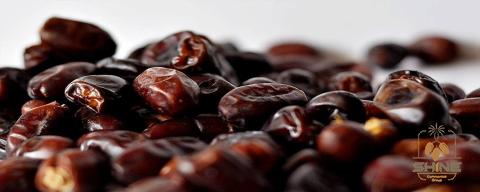 The ancient oasis towns of Morocco, such as Erfoud and Zagora, have long been renowned for their medjool date groves, where skilled farmers carefully tend to the palm trees to ensure a bountiful harvest each year. **Cultivation and Harvesting of Medjool Dates** Medjool dates are typically grown in arid regions with plenty of sunshine, such as the deserts of Morocco, California, and Israel. These fruits require hot temperatures and minimal rainfall to flourish, making them well-suited to the harsh conditions of desert environments.
The ancient oasis towns of Morocco, such as Erfoud and Zagora, have long been renowned for their medjool date groves, where skilled farmers carefully tend to the palm trees to ensure a bountiful harvest each year. **Cultivation and Harvesting of Medjool Dates** Medjool dates are typically grown in arid regions with plenty of sunshine, such as the deserts of Morocco, California, and Israel. These fruits require hot temperatures and minimal rainfall to flourish, making them well-suited to the harsh conditions of desert environments.
…
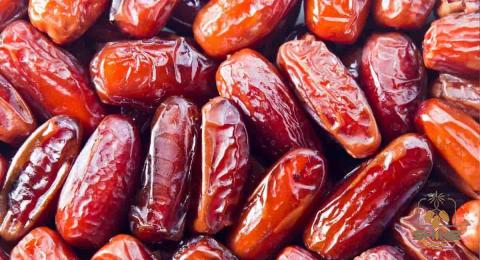 Date palms are known for their resilience and ability to thrive in sandy soils, where other crops may struggle to grow. The process of cultivating medjool dates is labor-intensive and requires skill and patience. Date palms take several years to mature before they can bear fruit, with some trees not producing significant yields until they are 7-10 years old. Farmers must carefully prune the palm trees, fertilize the soil, and protect the fruit from pests and diseases to ensure a successful harvest. Harvesting medjool dates is a delicate process that must be done by hand to prevent damage to the fruit. Workers climb the tall date palms using ladders or specialized equipment to reach the clusters of dates hanging from the fronds. The dates are carefully plucked from the tree and collected in baskets, where they are sorted by size and ripeness before being packed for distribution.
Date palms are known for their resilience and ability to thrive in sandy soils, where other crops may struggle to grow. The process of cultivating medjool dates is labor-intensive and requires skill and patience. Date palms take several years to mature before they can bear fruit, with some trees not producing significant yields until they are 7-10 years old. Farmers must carefully prune the palm trees, fertilize the soil, and protect the fruit from pests and diseases to ensure a successful harvest. Harvesting medjool dates is a delicate process that must be done by hand to prevent damage to the fruit. Workers climb the tall date palms using ladders or specialized equipment to reach the clusters of dates hanging from the fronds. The dates are carefully plucked from the tree and collected in baskets, where they are sorted by size and ripeness before being packed for distribution.
